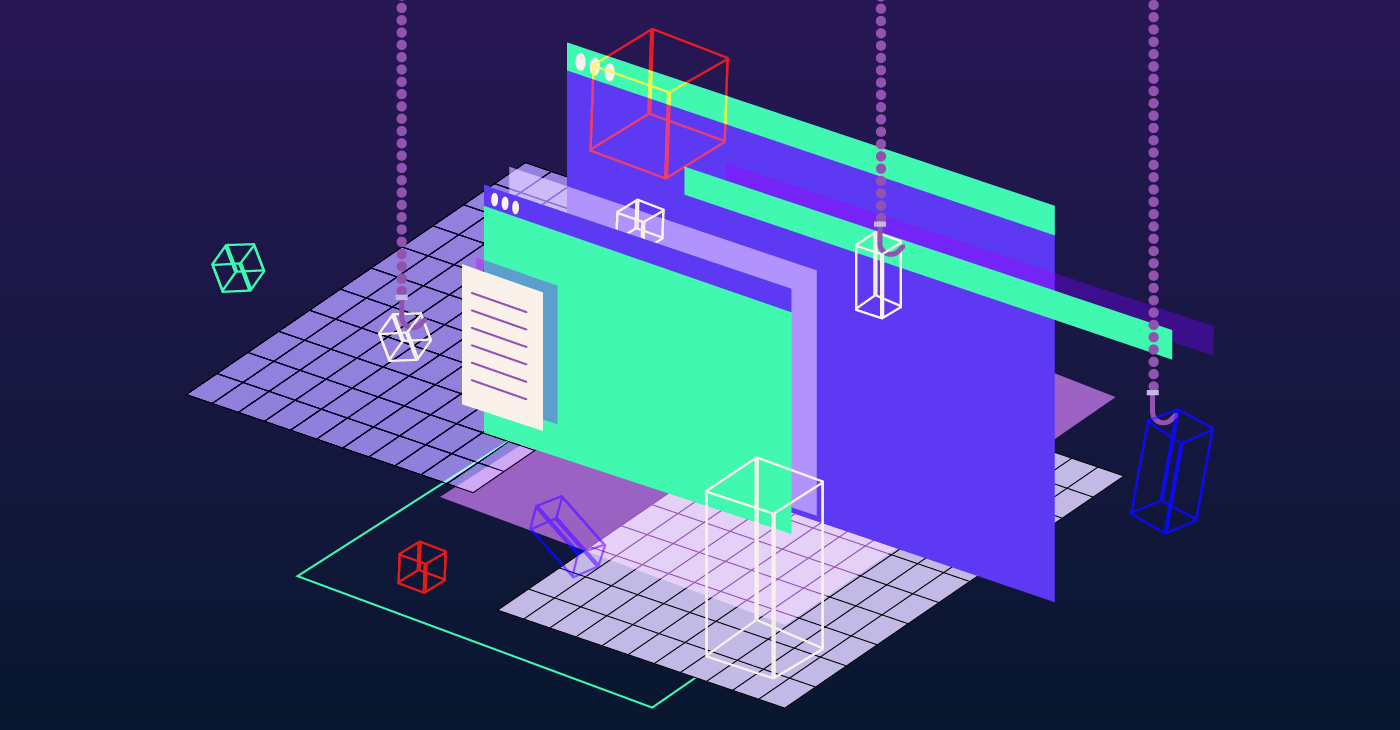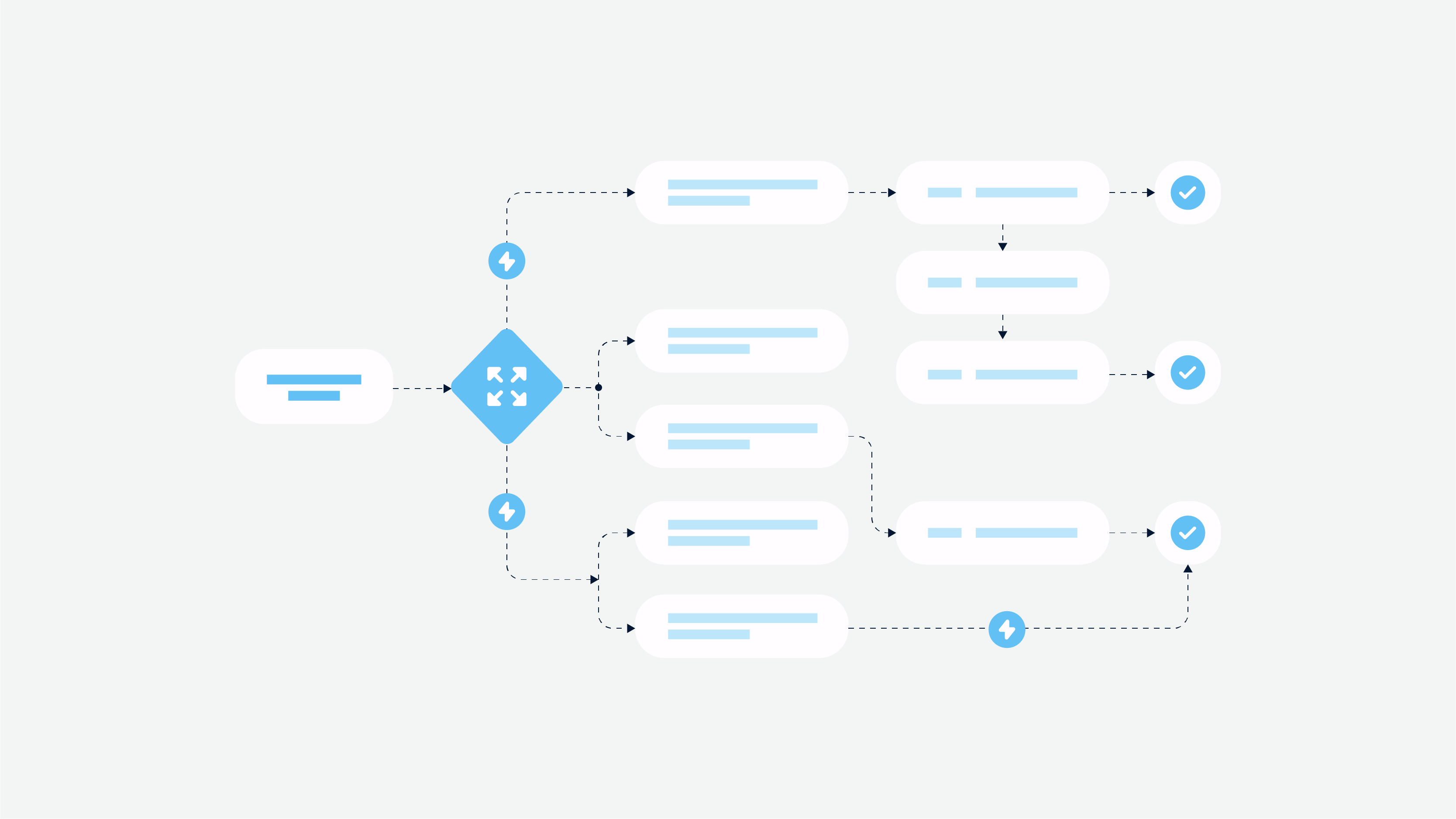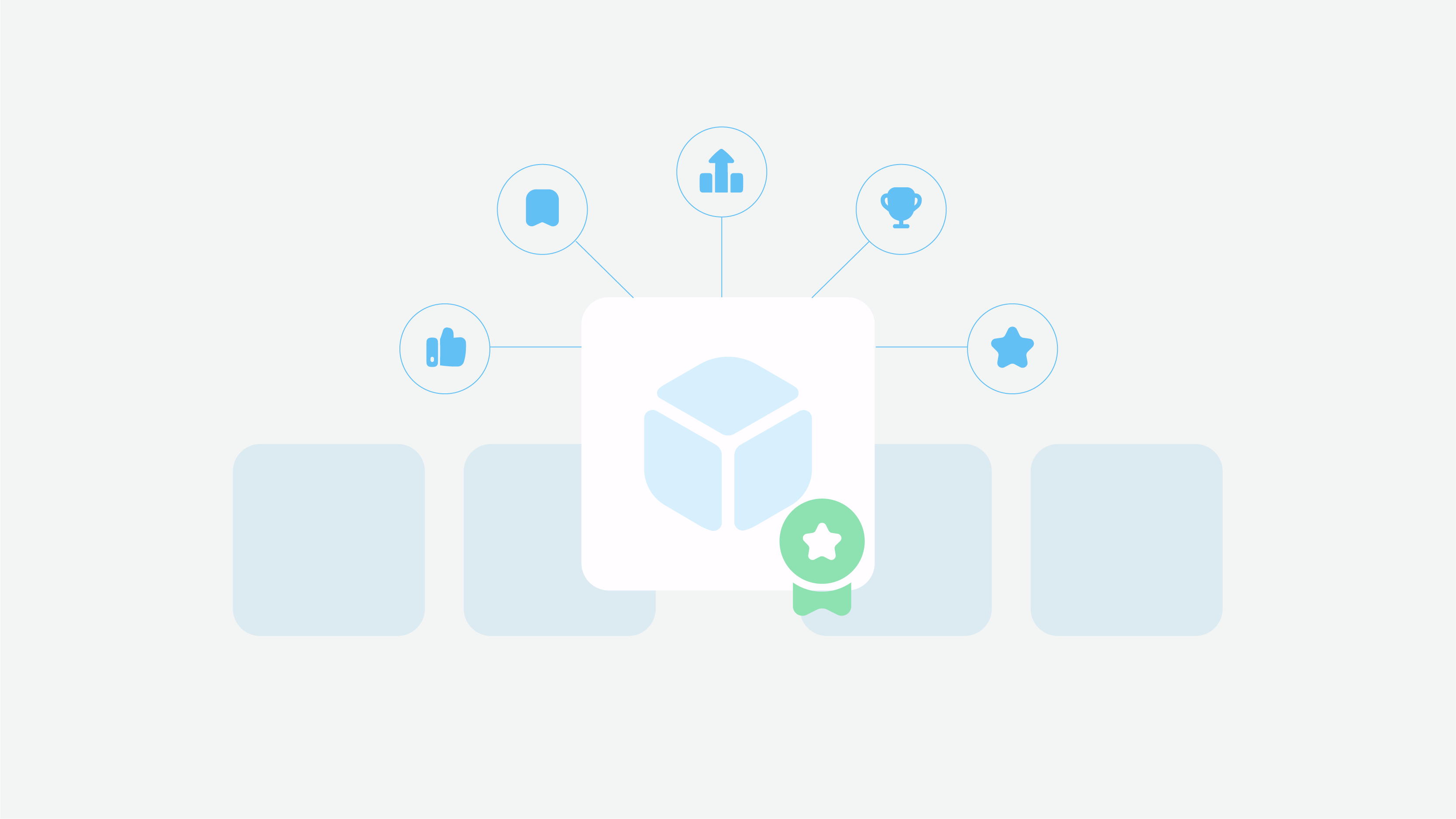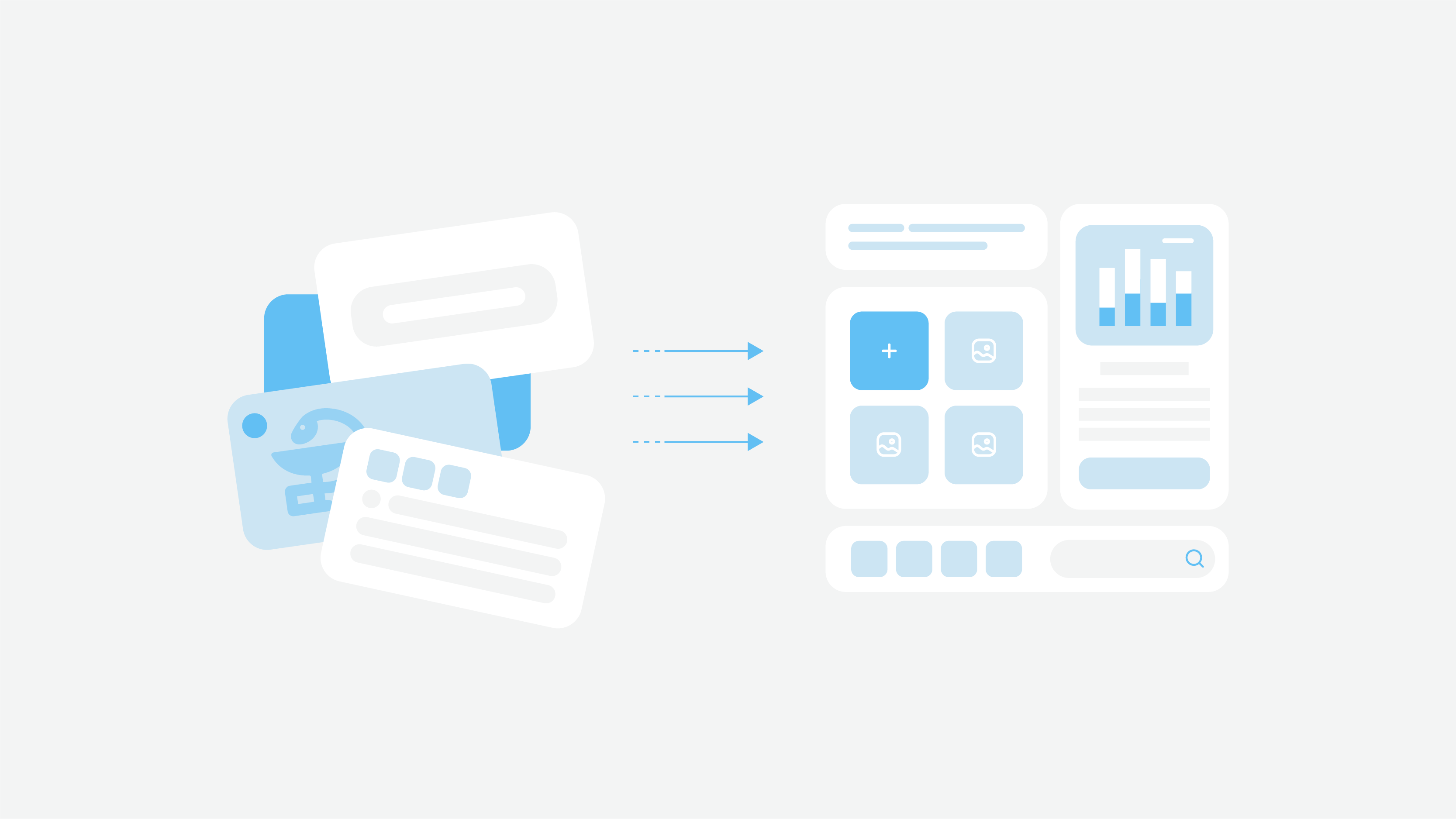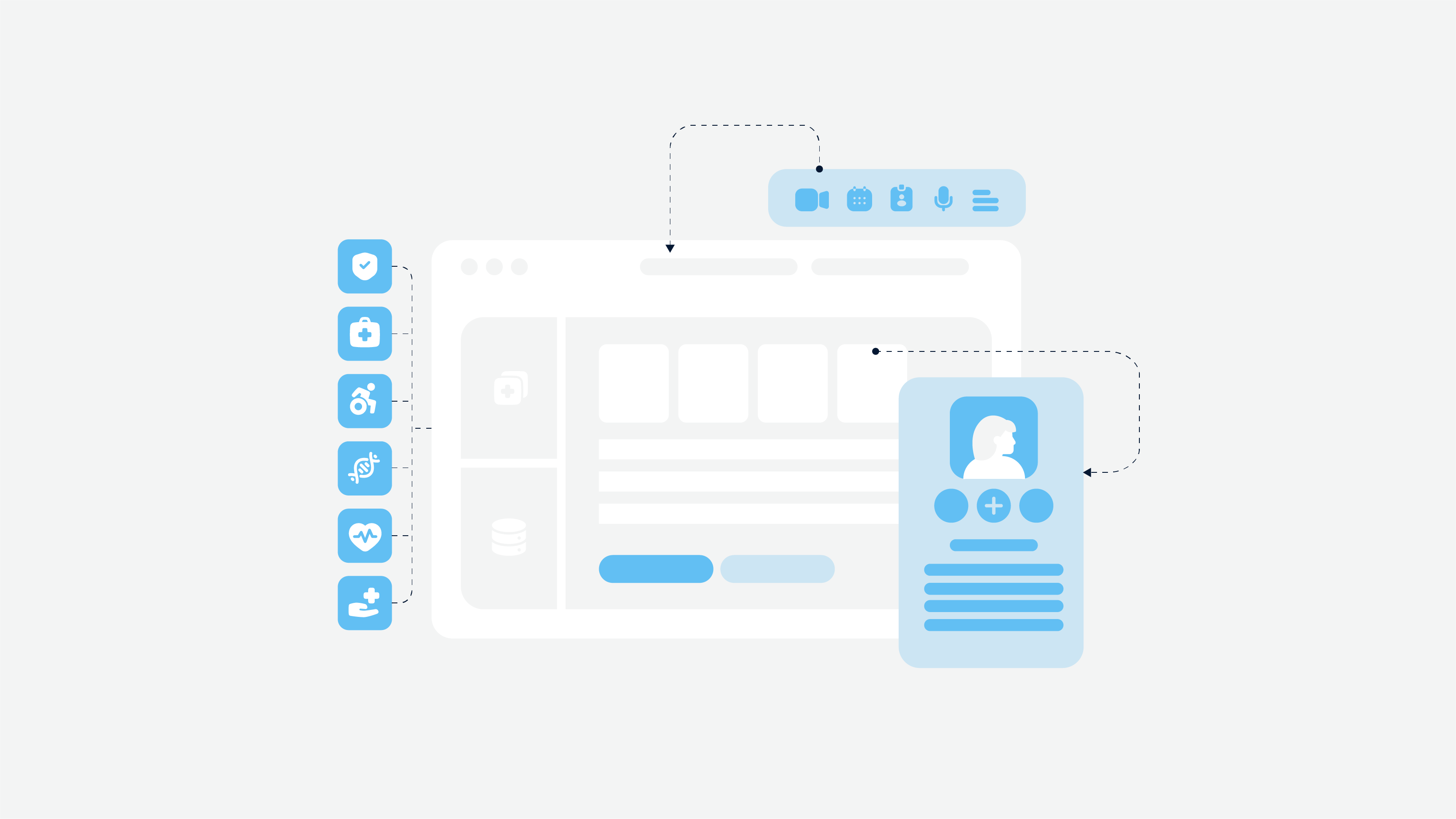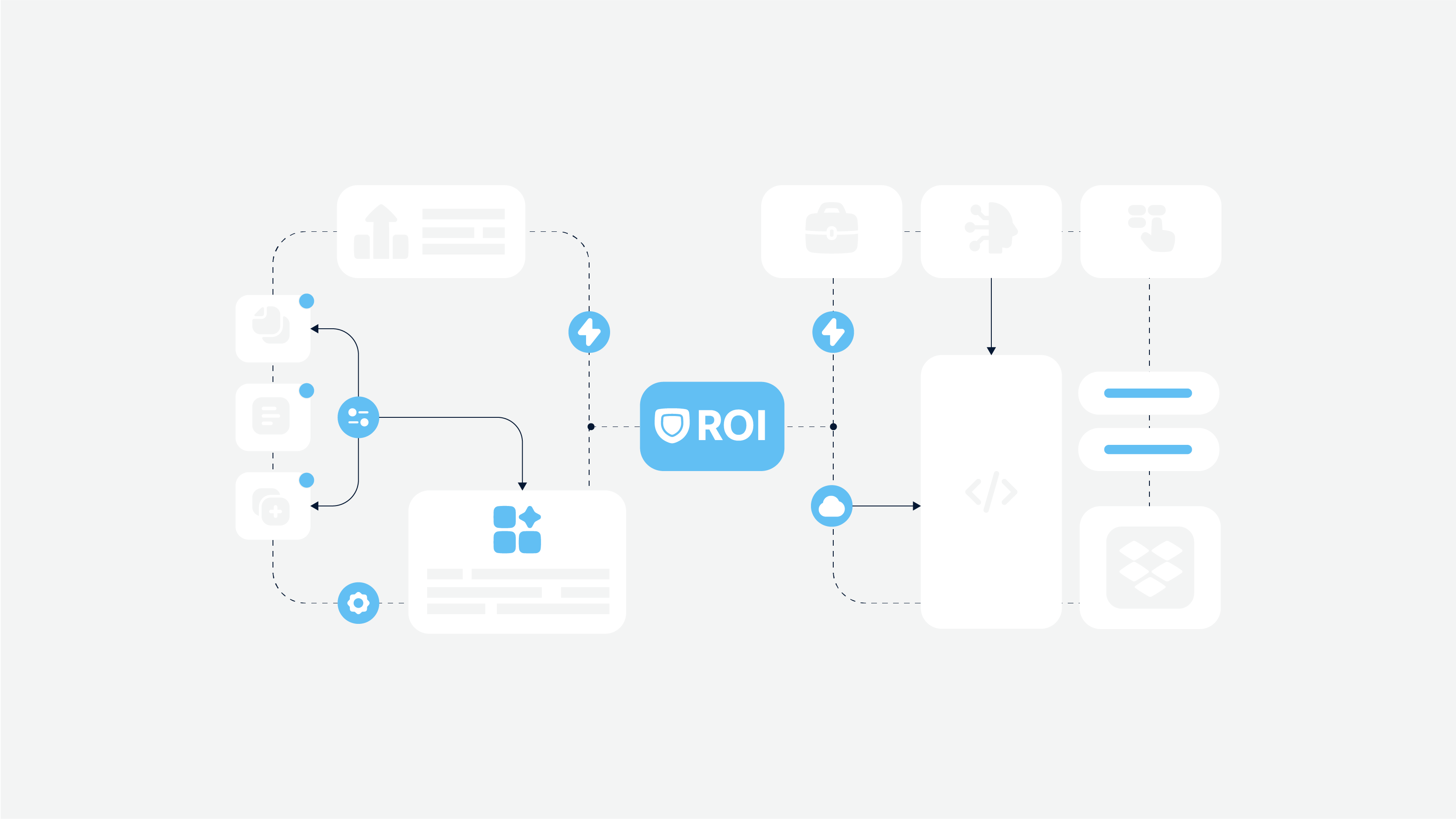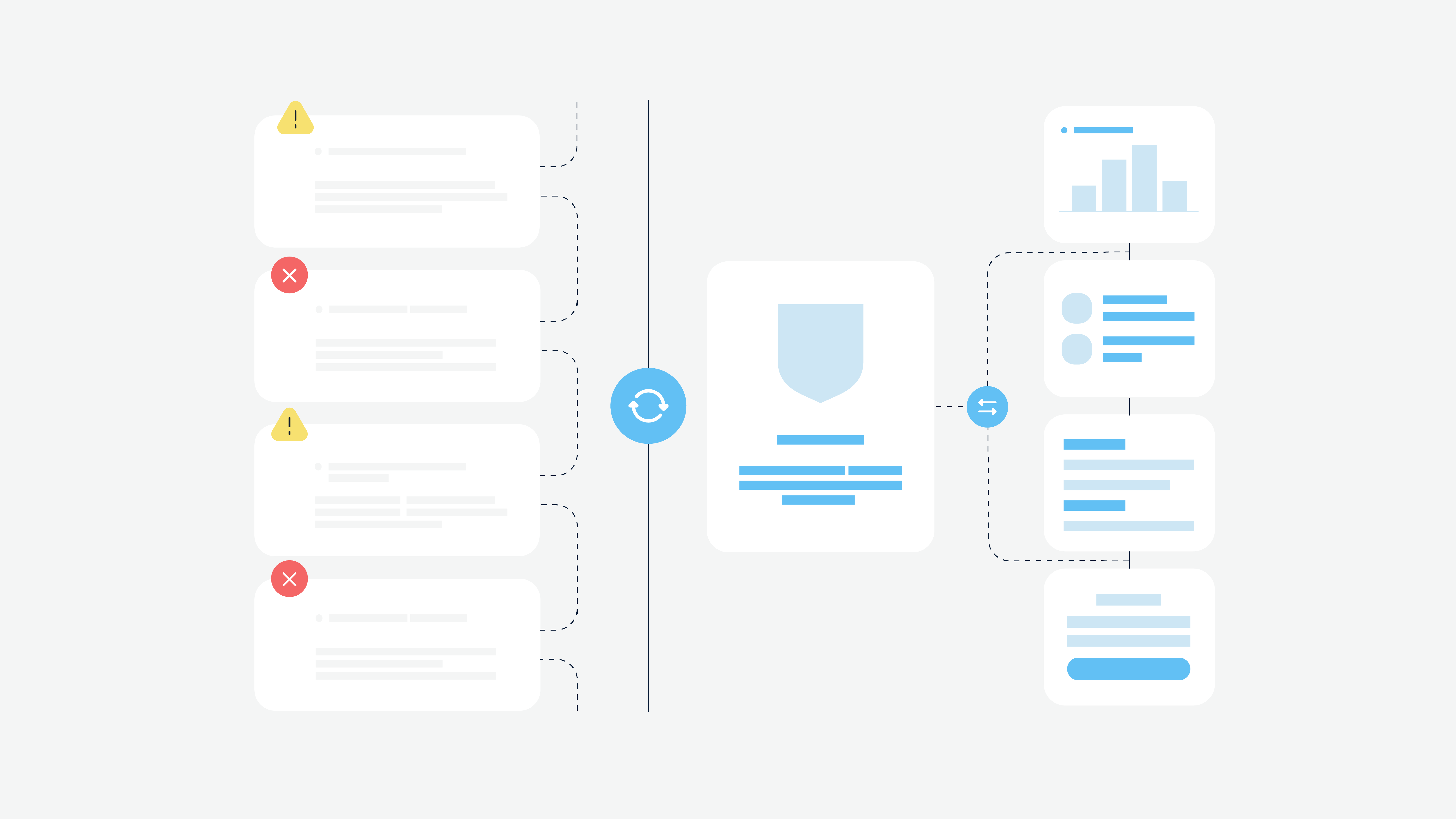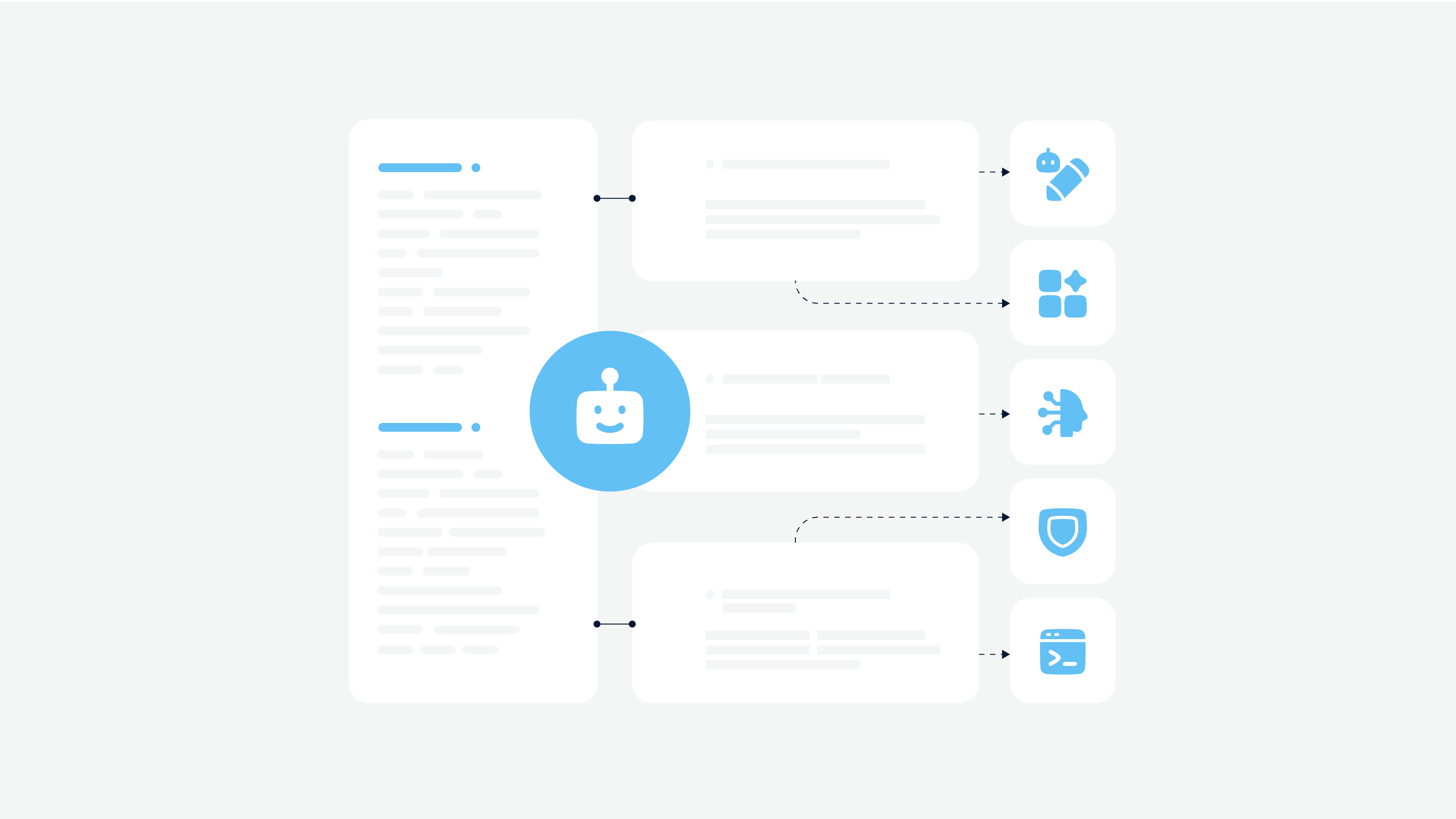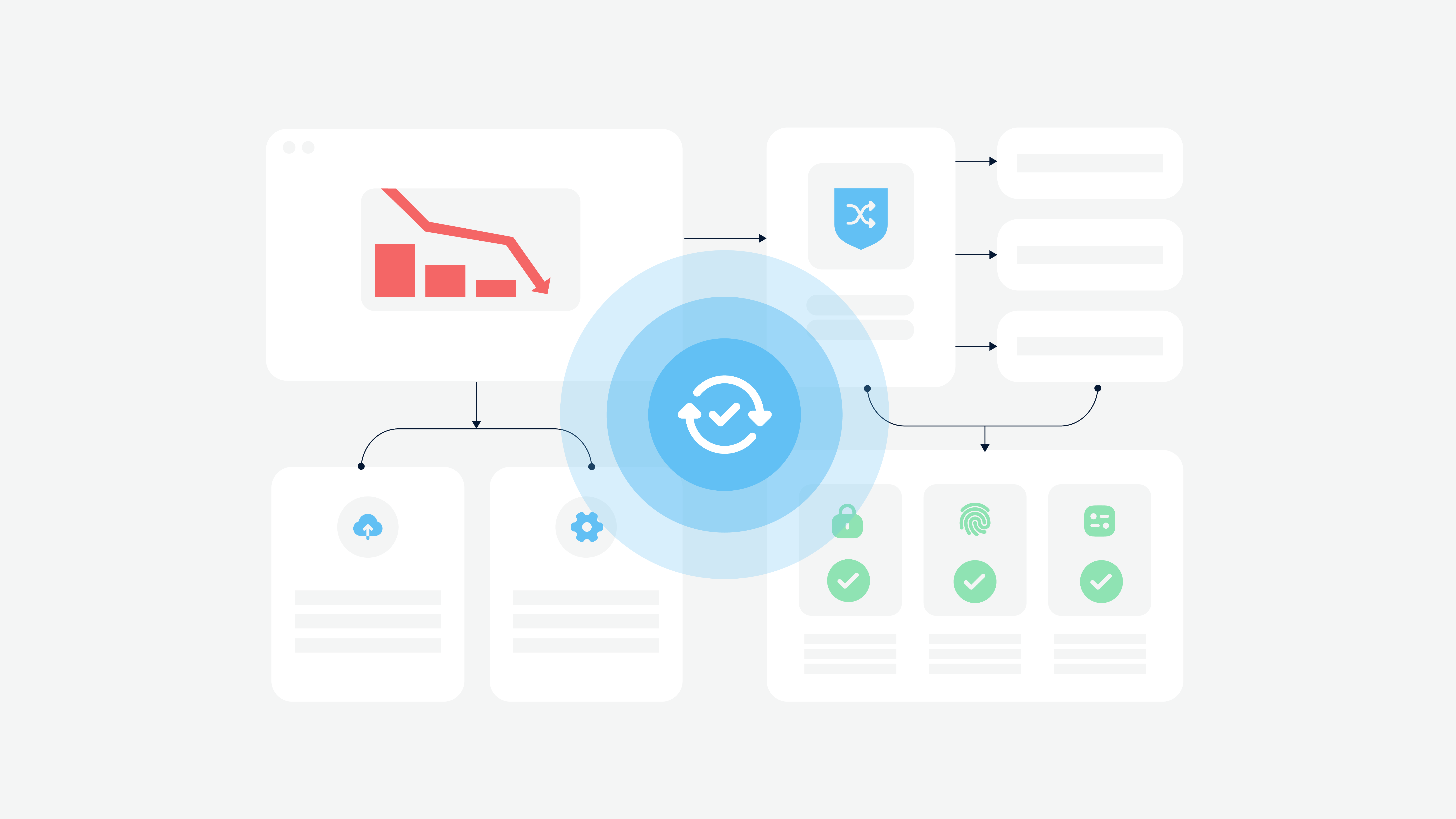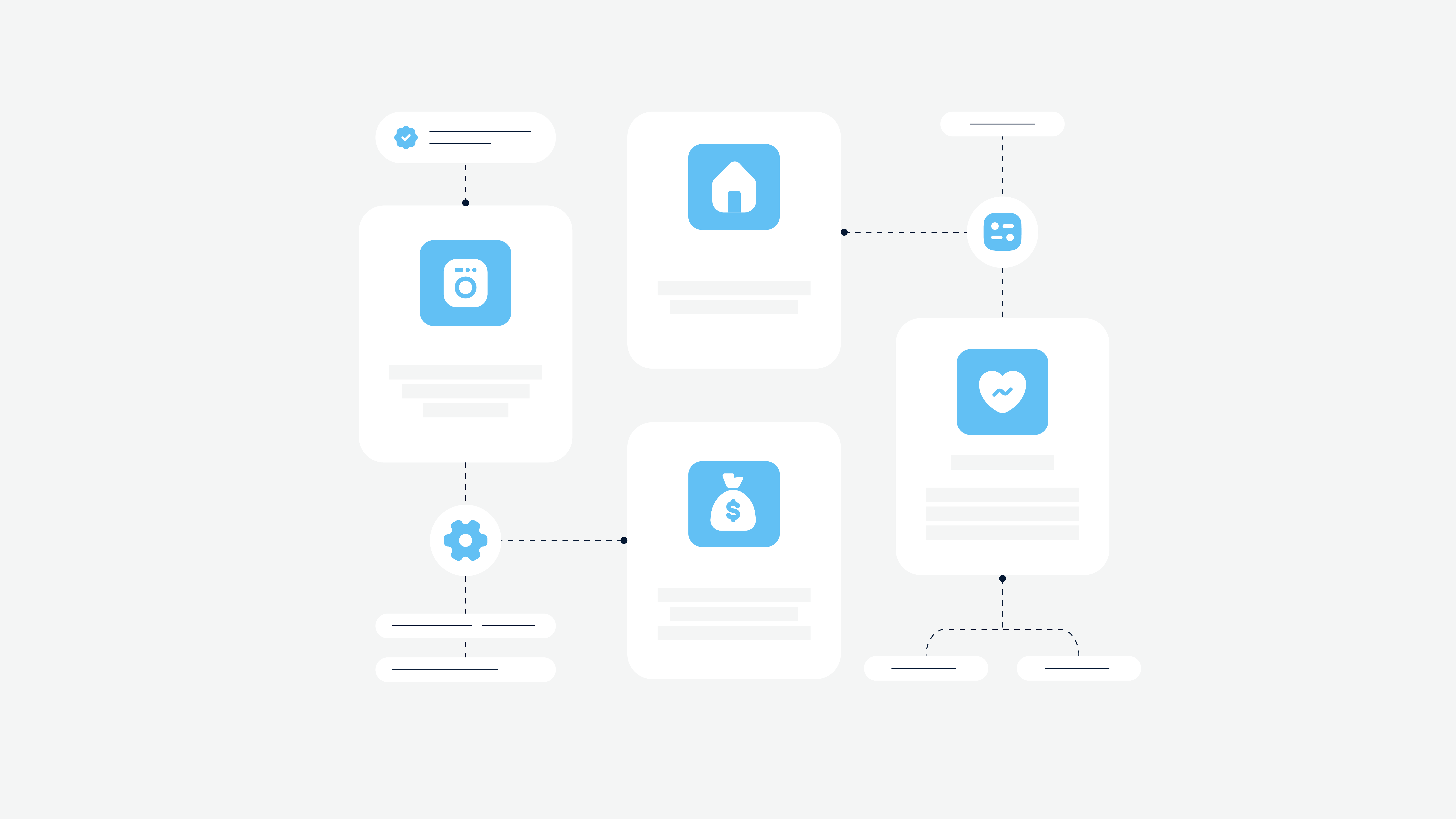There are 4 types of architecture that vary according to the specification, quantity of software elements, and their relations — monolith, serverless, microservices, and SOA.
What is the best architecture to develop an application? What looks reasonable? And how are you supposed to choose among the options? In this article, we’ll lay it all out so you can make an informed decision.
What Is Applications Architecture?
Application architecture is a set of patterns and techniques used to build an entire program or application structure. It would be correct to say that it is a skeleton, and its quality determines the final version of the application.
The complexity of building high-quality architecture depends on the application size. If you choose the proper architecture, it will save you a lot of time, energy, and costs in the future. In the following passages, we’ll describe different application architectures and analyze all pros and cons.
Why is App Architecture Important?
As you can see from the above, the architecture of the app determines how it will interact with other apps, databases, integrated tools, middleware, and so on. Whether it will meet industry standards and business needs depends on the approach to architecture design. This is equally critical for mobile and web apps development services.
So, generally speaking, the quality of custom web app development services and the future of the product depend on it. However, there are more concrete pieces of evidence of its importance.
- Performance improvement due to timely detection and correction of gaps such as lack of access to certain services, etc.
- The ability to identify possible risks and prospects for scaling in the future.
- Cost reduction by eliminating redundant components, such as additional independent databases that are not being used, etc.
- Improvement of product availability and wide opportunities for integration of third-party services.
- Improvement of system maintenance possibilities.
- Extensive opportunities to create a solid security and management system (which is critical for fintech, banking, or insurance software development).
It is also worth noting that the right type of architecture helps engineers better align software strategies with the company’s business goals, think more broadly, and easily determine development prospects. This is the basis of the product, which determines its entire future.
Microservices vs. SOA
Microservices architecture is an automated and independent codebase. It consists of coupled services that are responsible for the execution of its associated business logic. The services are separated according to the nature of their domains and belonging to a mini-microservice pool.
Microservices architecture enhances developers to release software versions thanks to well-planned automation of software building, testing, and deployment.
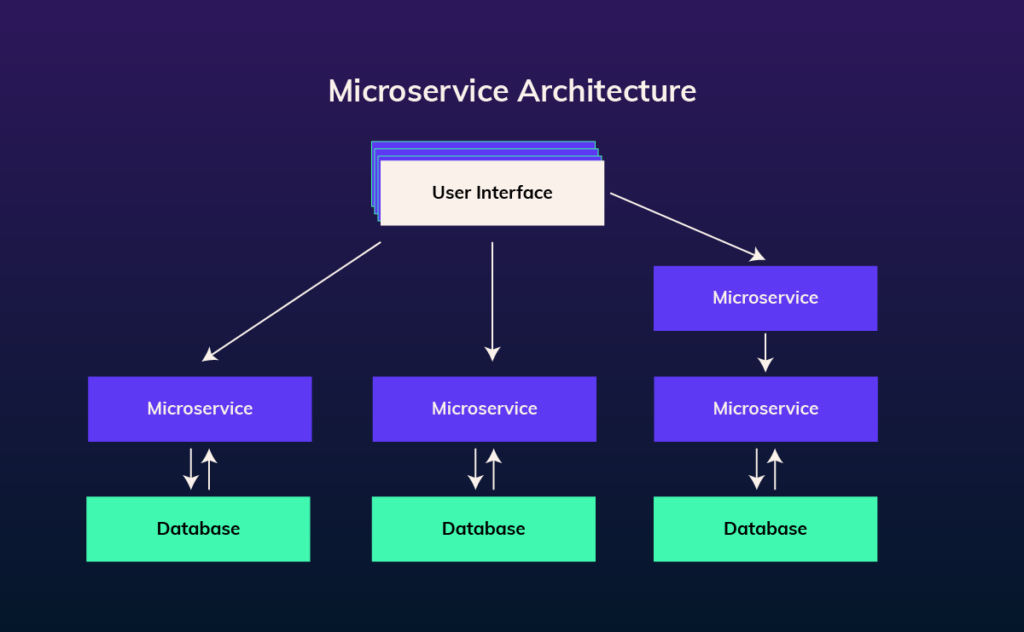
Why Should You Choose The Microservices Architecture?
Most often, this option is useful for speeding up and optimizing mobile app development services. Java and Spring Boot are best suited for such purposes, but there are also other options.
Microservices architecture is the best solution for working with media content, as it allows you to store images, videos, graphics, etc., in a scalable object storage system with comprehensive service capabilities directly on mobile or the web.
Platforms whose functionality includes financial operations and invoice processing often have such an architecture. This approach allows you to separate financial functions as independent units of services.
In addition, microservices are the best solution for processing large data sets, as well as migration of web products. They help extend the capabilities of the cloud and improve the performance of data processing services.
Main Advantages of Microservices Architecture
As already mentioned, microservices greatly simplify the development of iOS and Android app development services, as well as their maintenance and service in the long term. However, these are not the only advantages; there are several more important points.
- Better fault tolerance. Large applications based on independent microservices can continue to operate even if one or more services fail. It does not affect the work of other services and, therefore, the entire system.
- Better scaling capabilities. Because each service is developed and deployed independently, the app is easier to update, improve, and scale. For this, it is not necessary to change or redeploy the entire system. It is enough to work with individual services.
- Fast and convenient deployment. Individual microservices can be deployed independently of the entire system. In addition, deployment is easier due to smaller codebases and fewer dependencies. Microservices provide extensive opportunities for continuous updates and deployment without stopping the whole system.
- Simple onboarding. This makes it easier for new developers to understand the codebase and the specific functionality of each individual module.
It is also worth noting that such applications are great for serving a large number of users and integrating various third-party technologies. This is why giants like Netflix, Amazon, Etsy, and Uber prefer microservices.
Service-oriented architecture (SOA) is a well-established style of software design, that has similar patterns with microservices. SOA structures apps into specific, reusable services that communicate through an enterprise service bus (ESB).
In SOA architecture, individual services that are organized around a specific business process adhere to a single communication protocol and expose themselves through the platform of an ESB. The table below illustrates the connection between SOA components and how they operate.
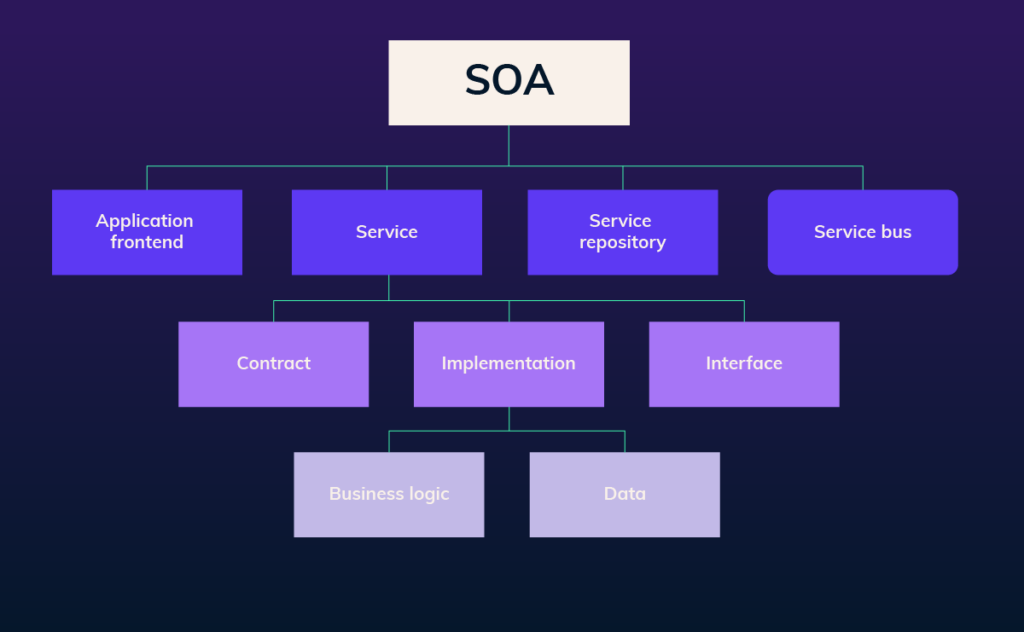
Basic Principles of SOA
Let’s take a look at main SOA principles that define the specific of this approach.
- Loose coupling between services: developing autonomous components with minimal dependencies on other services.
- Reusability. Services can be reused to reduce development time.
- Autonomy of logic. Services encapsulate logic and control without notifying the consumer of its implementation.
- Composability. The use of services as components allows you to implement complex operations, conduct orchestration depending on specific business goals.
- Discoverability. Each service is defined by a contract with metadata that helps efficient discovery.
SOA also can be a good option for iOS and Android development as it provides a high level of flexibility and reliability.
Main Advantages of Service-Oriented Architecture
Undoubtedly, the main strength of SOA is its reusability, which allows the development team to save time and money on creating apps by reusing existing services. Other significant benefits follow from this advantage.
- Platform independence. This architecture allows you to use services from different sources regardless of the chosen platform. This allows developers to create more complex programs.
- Reliability. Such apps are less vulnerable to service failures, as they are much easier and faster to debug.
- High level of flexibility and scalability. SOA allows you to run the program on different servers. In addition, such an architecture is sufficiently conducive to change and flexible.
Such applications are easy to maintain, so this architecture is often preferred for providing iOS app development services in the fields of healthcare, travel and tourism, etc. SOA is also a popular solution in the development of mobile games.
So, what is the difference between microservices and SOA?
SOA | Microservices |
There are four service types: infrastructure, business, enterprise, and application. | There are two service types: functional and infrastructure. |
SOA performs according to a sharing architecture approach, which means sharing as much as possible. | Microservices perform according to the limited sharing architecture approach, which means sharing as little as possible. |
In SOA-based applications, communication goes via Enterprise Service Bus (ESB). | In a microservices architecture, communication goes via a simple messaging system. |
SOA supports multiple message protocols. | MSA supports lightweight protocols (e.g., HTTP/REST, Thrift APIs). |
SOA follows common standards and governance. | MSA doesn’t follow common standards. |
To get a complete picture of these two types of architecture, let’s walk through the areas of practical implementation.
Use cases of SOA:
You plan to build a complex application. Using SOA, you can move and add new features without rebuilding the program again.
If your application requires communication with different architectures, SOA completely removes the adoption process.
You plan to build an application with the enterprise scope. SOA-based applications are scalable. Hence, if your business is constantly growing, you know what to consider.
The use cases of SOA are clear. Now let’s consider microservices.
Use cases of microservice architecture:
Small web-based applications. As microservices provide the necessary flexibility, they are suitable for such apps.
Fast launch to the market. This architecture will allow you to push MVP (Minimum Viable Product) faster.
Machine Learning (ML). A microservices-based machine learning environment collects, aggregates, and analyzes data flow so that the machine learning framework can calculate an accurate outcome. In this case, the data runs through many steps before reaching a result.
Choosing the best architecture may seem complicated, there are dedicated developers ready to assist you. Contact managers from Cadabra Studio — the team of professionals will do our best for you.
Monolith vs. Microservices
As we described microservices in the previous passage, now we want to share some information about monolith architecture and compare these two types.
What is a monolithic application? A monolithic application is a single and indivisible unit based on the traditional monolithic architecture. Usually, such applications comprise a client-side user interface, a server side-application, and a database. The monolithic application is unified, whereas all the functions are managed and served in one place.
Usually, monolithic applications have one large codebase. If developers want to update or make some changes, they access the same code base.
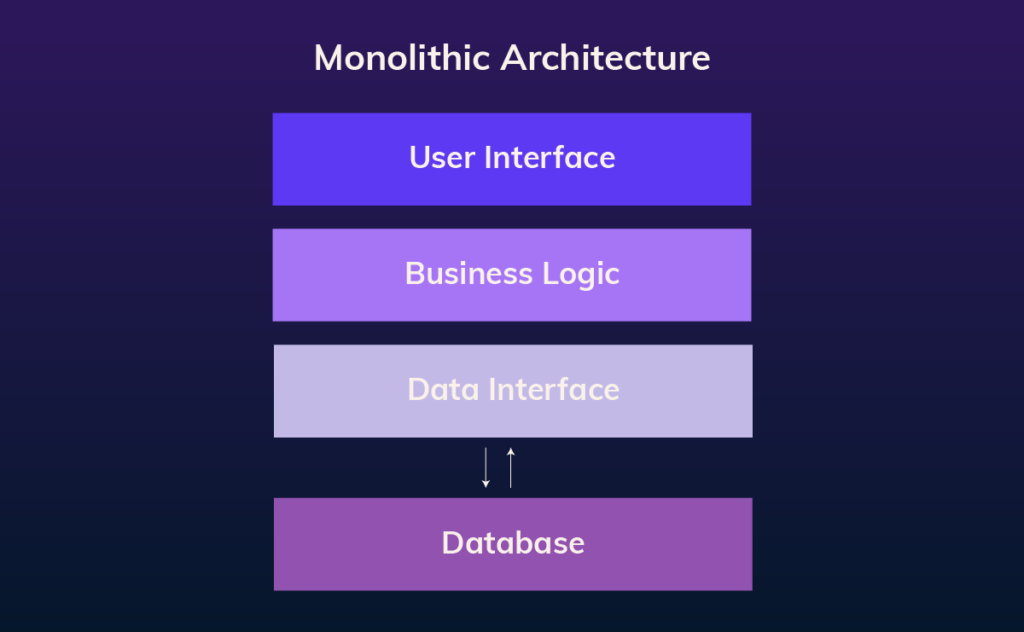
Main Advantages of Monolithic Architecture
The main advantage of monolithic architectural solutions is their simplicity, namely:
- Simple development. Whether Android or Apple developers use this architecture, it remains the simplest standard approach to app development. It does not require new unique skills or knowledge, and the source code is in one place and available for study.
- Easy deployment. To deploy an entire application, it is enough to deploy a single block without dependencies and critical changes. All components are in one place and undergo changes in one place.
- Simple debugging and testing. Again, since all the code is in one place, it’s easy enough to trace the request flow and identify the bug.
In addition, a monolithic architecture is a good solution for providing web app development services because сross-cutting concerns can be solved once and for all and customization of such processes as logging, monitoring, data source connection pool configuration, etc. can be performed once at the early stages of development.
At the same time, such an approach is low-cost in the short term perspective. Of course, in the future, there may be difficulties with scaling and expanding the functionality, but in the case of special-purpose applications, this is not a problem.
Microservices and SOA have some similar features. Does it go the same with microservices vs. monolithic? Let’s analyze.
Monolith | Microservices |
Monolith architecture is simple to develop and deploy. | Microservice architecture is complex and hard to develop and deploy. |
The service sets are inter-connected. | The service sets are autonomous. |
The code changes affect the entire system. | Only the microservice that is changed would be affected. |
Inter-service communication. | APIs for communication. |
Single codebase and shared database available for developers. | Individual codebase and database for each microservice. |
Errors and bugs can affect the entire system. | Errors and bugs can’t affect the entire system because it is protected by sub-service. |
Microservices are more modern than monolithic architecture. Quick implementation and adaptation to the new technologies make this architecture type suitable for almost any enterprise. However, there are areas where a developer should stick to classical monolithic architecture.
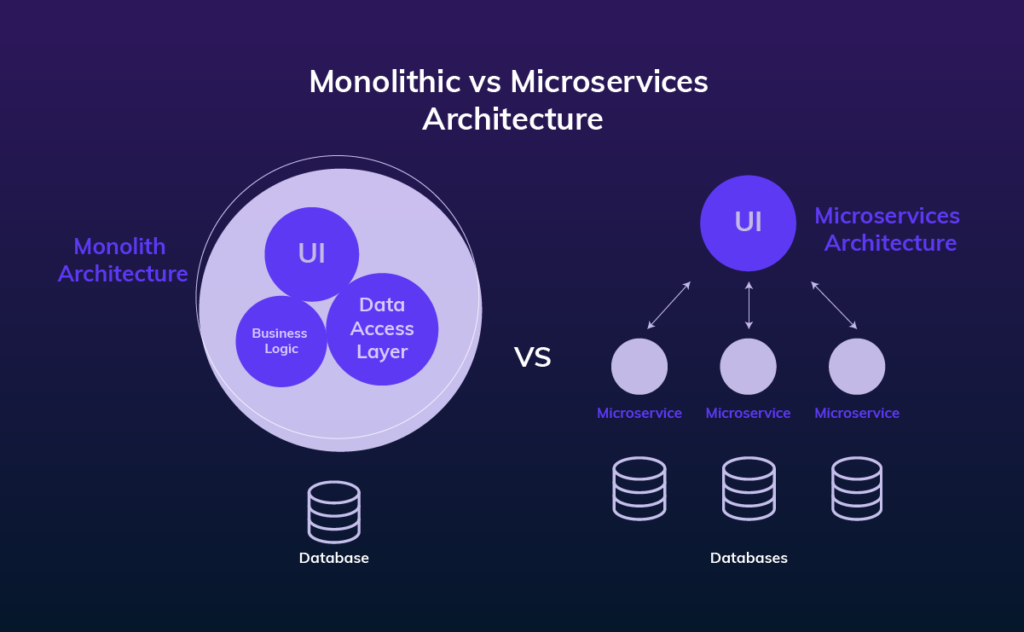
Use cases of monolith architecture:
You have a startup at its founding stage. In other words, your business idea is fresh, and you want to validate it.
You plan to build a lightweight application with the help of a small developing team.
The infrastructure of your application can’t handle running more than one database server.
Microservices vs. Serverless
The serverless app architecture provides the execution of cloud-based working environments on-demand. Compared to the monolithic and microservices, serverless architecture offloads management and server configuration from the user to the cloud provider and enhances users to focus only on the product development.
Main Advantages of Serverless Architecture
Among the main advantages of this approach, worth noting is
- Relatively small cost. No need to pay for server capacity, maintenance, etc. The customer pays only for what he uses. This is especially relevant for custom web application development companies with limited resources.
- Zero server management. In this case, the supplier handles it.
- Scalability. Such applications can be efficiently and automatically scaled without the need to adapt to traffic spikes.
- Fast time to market. A serverless development environment is easy to set up, so delivery and time to market are quick.
It is also worth noting that this option has lower latency due to the ability to run functions on servers alongside end users. This is an undoubted advantage for simple hotel, tourism, or healthcare applications, where you have to test MVP at the first stages of development.
Serverless | Microservices |
Serverless architecture is run by a cloud vendor that performs all server management, capacity planning, etc. | Microservices are typically run by in-house developers. |
Serverless applications use functions (or procedures) that perform a distinct service. | As a microservice is larger than a serverless function, it performs more than one function. |
Serverless computing products, such as AWS Lambda, work on a pay-as-you-go model. | Microservices are cheap to provision but require regular payment to run 24/7, even if there is no load. |
Serverless architecture has already gained widespread adoption across various enterprises.
Use cases of serverless architecture are the following:
Big data analytics. Serverless apps structure the big data collection that was not unified by back- and front-office teams, classifying and analyzing it within a single database.
Enhanced connectivity between IoT devices. Integration of IoT-based project ideas has become a backbone for many businesses. IoT helps end-users avoid frustrating issues with low internet traffic in some problematic areas, reduce latency, and decrease operational expenditures based on serverless architecture. As a result, you can significantly improve the user experience.
If you have a project that needs the proper implementation of app architecture, hire developers from Cadabra Studio. Our dedicated team of professionals will make an in-depth analysis of your project and choose the best option.
How to Choose the Right Architecture for Your Application?
Know your customers. The choice of suitable architecture is always closely linked with the app’s functionality customers expect to get. To make a successful mobile app, you need to think of your idea as a solution to a particular customer’s pains.
The type of your solutions will define the type of application and architecture as well. With the help of customer research, you’ll find all the information about your future clients: who they are, what applications they use, what they need. By knowing it, you can make a suitable product for them.
Consider creating MVP. An MVP (minimum viable product) is a product with a minimal number of features that allows you as a software owner to get feedback from users, understand their needs, gradually improve the product, and implement the changes through the optimal usage of resources.
If you have some doubts about the required type of architecture, you can always contact and ask the experienced team of developers. A company like Cadabra Studio will help you to make the right choice.
Choose the critical functionality. This step means determining all the pros and cons of microservices, monolith, SOA, or serverless architectures from the technical side. For example, if you want to have a unique app with great functionality and high speed, pay attention to the native app development. This type of apps is suitable for businesses that imply developing gaming apps, FinTech apps, business apps, and apps that include VR, AR, online chats.
If you want to have versatile, convenient, and small-sized applications that will be indexed better in Google search, consider Progressive Web Apps (PWAs).
Hire dedicated professionals. The creation and implementation of any architecture to the app require high skills and experience. Even if you have an in-house team of developers, it is okay to recheck their capabilities. If you identify some gaps in knowledge or don’t have appropriate developers, hire specialists to make the required app.
Optimize Your Budget. Once you’ve collected all the data concerning customer preferences, essential functions, enhanced features, and team capabilities, it’s time to calculate the costs. The proper app architecture is always a balance between the key requirements and your ability to cover them with money.
If you are looking for a reliable team of developers to build an outstanding application, Cadabra Studio is what you need. Contact us today, and let’s start our cooperation!
Things to Consider Before Developing an Application
In this passage, we’d like to highlight the key things for you to consider before developing an app. You may or may not know that building a mobile app requires in-depth knowledge in:
Choosing the type of mobile app dimensions that fit preferable devices;
Creating scenarios for a different quality of an Internet connection;
Tailoring UI/UX design features for the target audience;
Determining the proper navigation between the elements on a screen.
Let’s look at each point more precisely.
Choosing The Device Types
The parameters of smartphones determine the specifications of the application. It is crucial to think about responsiveness: how the app will run on different screens, how it will be compatible with the processor, etc. The proper attention to these details will save a lot of money and make the application stable, reliable, and user-friendly.
Creating Bandwidth Scenarios
In the era of 4G Internet, creating such scenarios may seem ineffective. However, the availability of the Internet network differs around the world. Some countries already test 5G, while others still use 3G or 2G. Moreover, the smartphone speed and battery characteristics matter here.
Some developers don’t acknowledge this nuance while working on app architecture. If you have several scenarios, your app will guarantee a comfortable experience for your users anywhere.
Tailoring UI/UX Design
An excellent UI/UX design is always a must for a mobile app. Built on the basic presentation layer of app architecture, it creates the main point of interaction with users. The key to success is to provide users with intuitive and creative solutions and meet their needs.
Determining The Right Navigation Method
The proper navigation is about finding a compromise between your expectations, the amount of demand for your app, and restrictions in microservices, serverless, monolith, or SOA-based applications. It’s the result of well-done linking of the front-end and back-end in one solution. You need to know your customers inside out to pick the best navigation method.
It may seem overwhelming to keep in mind all the listed considerations. But we have the solution! Our team knows all the specifications essential for app development. Contact us, and we will do the rest.
Final Tips
Application architecture is a very complex topic, and everything that is written above is just the tip of an iceberg. At Cadabra Studio, we want our clients to understand how everything works behind the scene. In this article, we tried to keep it as simple as possible so that you’d finally make an informed choice concerning the best app architecture.
It is important not to rush the choice because transitioning to a new architecture may be time-consuming and expensive.
We hope our article has helped you to find out the difference between SOA and microservices, the pros and cons of microservices, serverless, monolithic, and SOA as well. Also, as we mentioned the use cases of each architecture type, you can compare them to your requirements.
If you have any thoughts, ideas, or questions, feel free to schedule a call with managers from Cadabra Studio. We can consult you in app design and development and successfully launch your app to the market.

